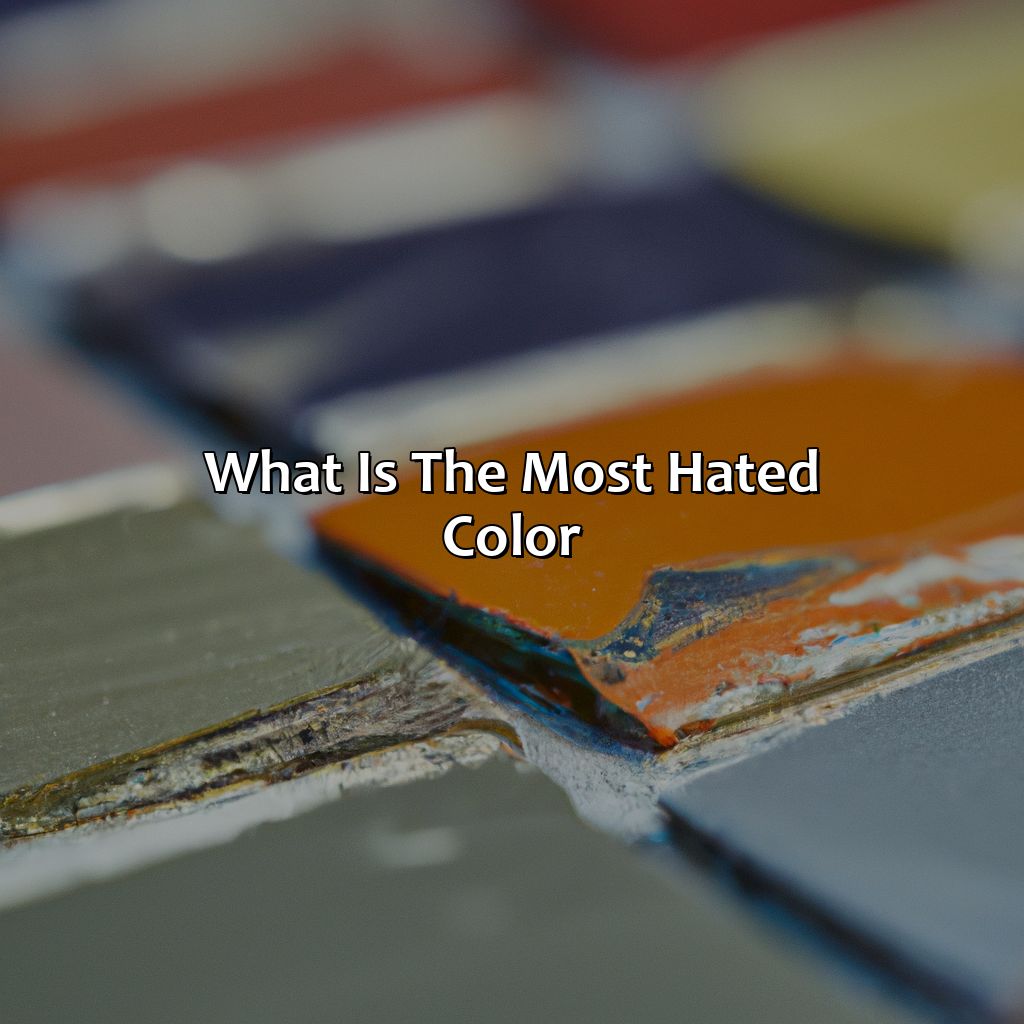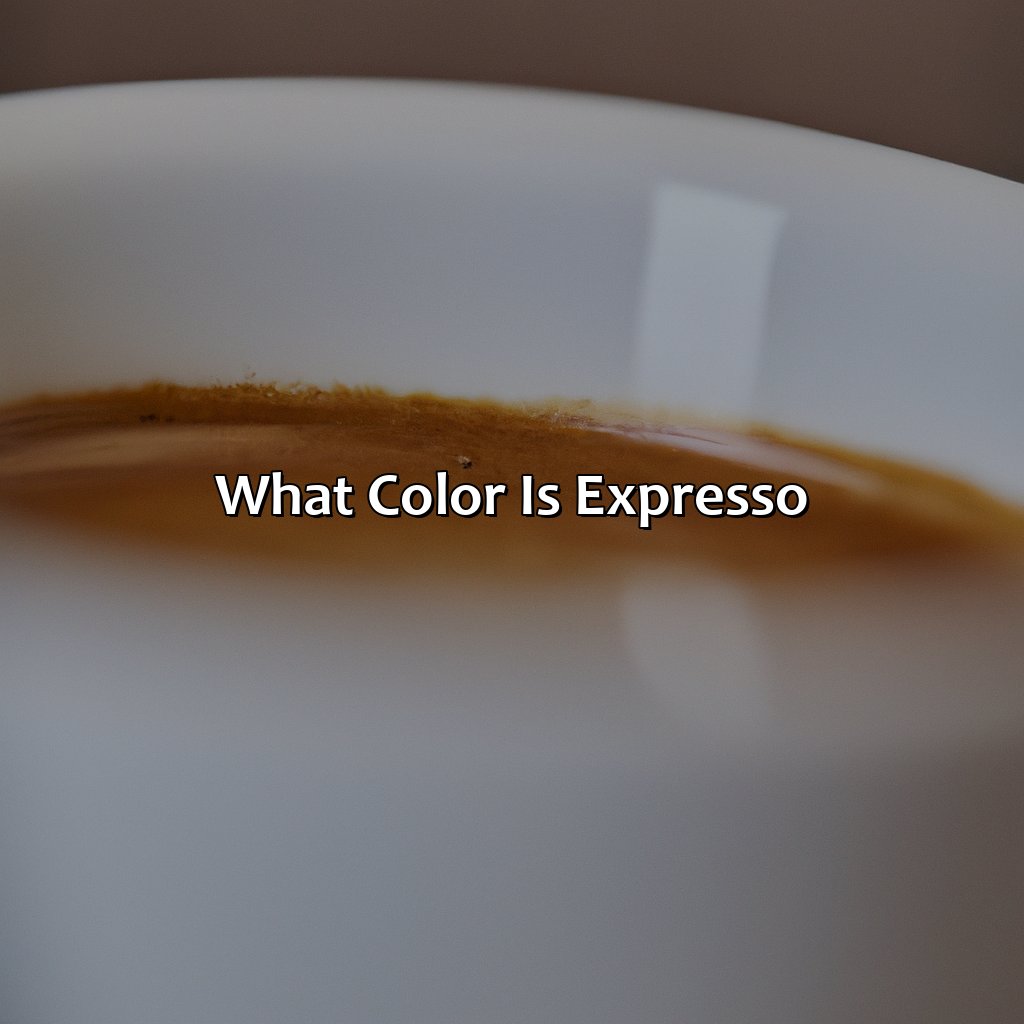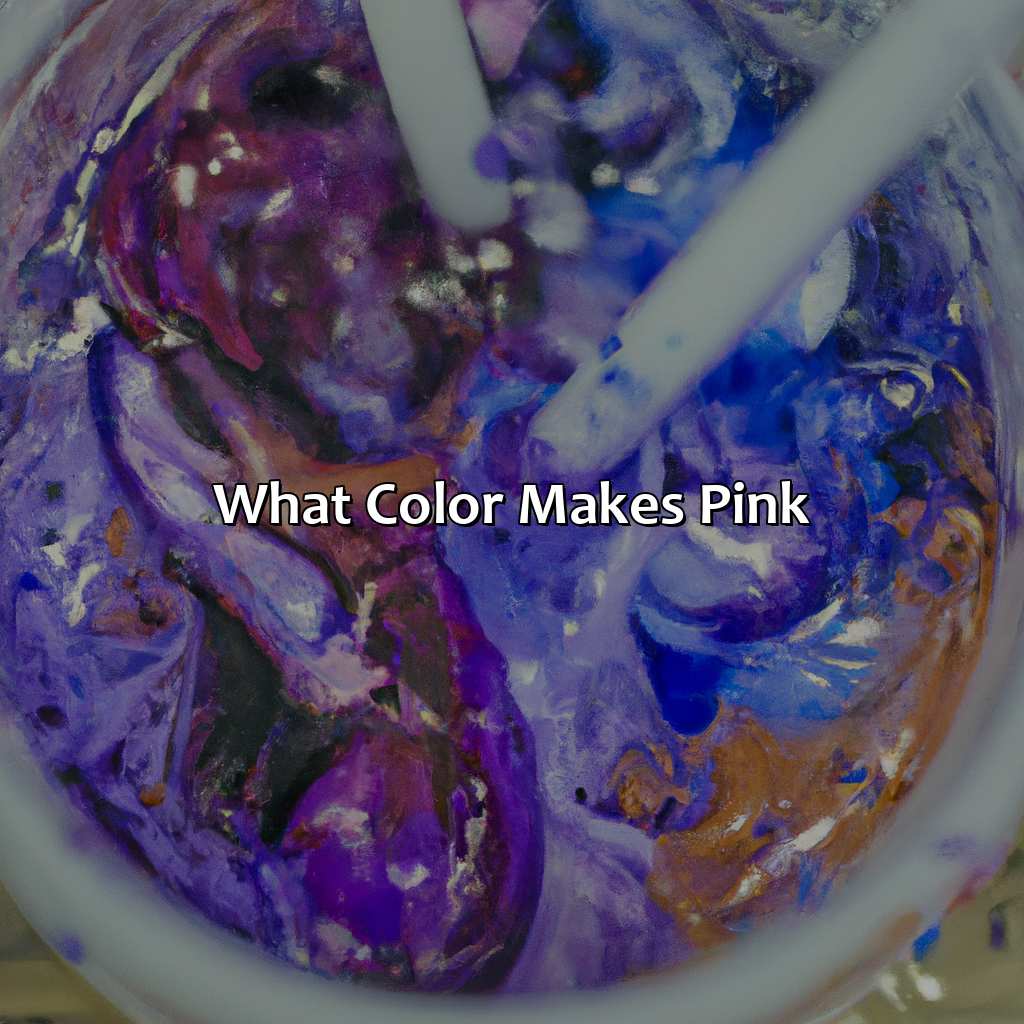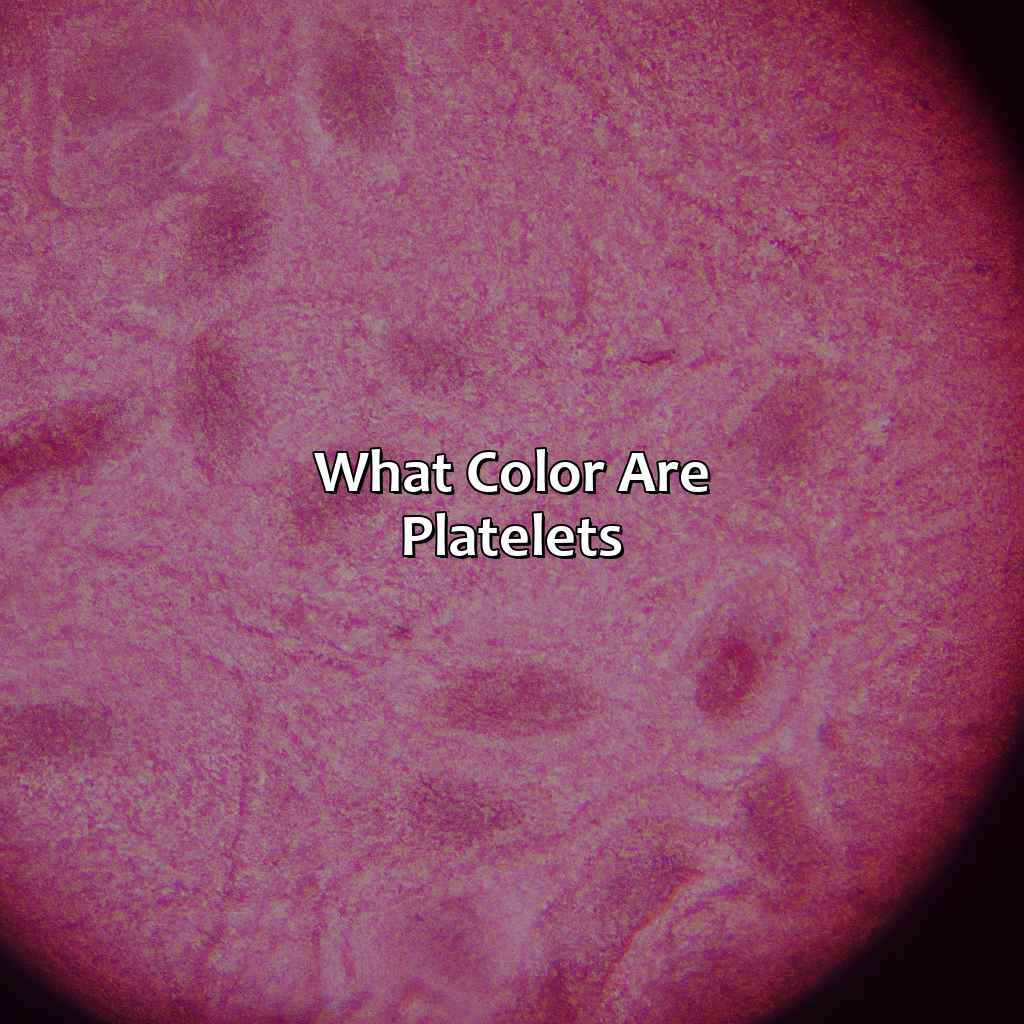Key Takeaway:
- There is no universally hated color: While some colors may be less popular than others, individual differences and cultural influences play a significant role in determining color preferences.
- Cultural and personal biases influence color preferences: Sociological factors, personal experiences, and upbringing can shape our attitudes towards specific colors, leading to personal biases and cultural-specific color preferences.
- The most hated color is subjective and varies across cultures and individuals: There is no one “most hated” color, as personal biases and cultural influences can vary greatly in how they perceive different colors.
Understanding the Concept of Color Perception

Photo Credits: colorscombo.com by Jack Scott
Comprehending color perception relies on understanding how visual stimuli are processed by our brains. To gain insight into this, we must also get familiar with the factors that affect color perception. These encompass everything from environmental influences to our own individual interpretation.
Explanation of Color Perception
Color perception refers to the process by which our eyes and brain interpret visual stimuli from light waves that create the sensation of color. This perception is subjective and varies from person to person based on several factors such as age, genetics, lighting conditions, and individual experiences. The human eye has three types of cones that are sensitive to different wavelengths of light, allowing us to see a wide range of colors.
Color perception is like a chameleon, changing based on environmental influences and personal biases.
Factors that Influence Color Perception
The perception of color is an intricate process influenced by several environmental factors that can alter the understanding of colors. These factors include light intensity, spectral distribution, surroundings, and previous experiences with color. They have a direct effect on neural responses to visual stimuli and can influence how they are processed and perceived. Certain disorders like color blindness or visual impairments can also affect color perception, leading individuals to see colors differently than the general population.
Environmental influences play a significant role in shaping how we perceive different colors. For instance, cultures differ in their preferred interpretation of certain colors; black may mean mourning in Western culture while it symbolizes elegance elsewhere. Furthermore, exposure therapy can help reframe negative emotions towards specific hues by creating positive associations through repetitive exposure. Other conditions such as synesthesia even link the association of color to more sensory modalities such as auditory or olfactory experiences.
Pro Tip: Designers should consider various factors that affect color perception before making any selections for products or branding materials to ensure maximum impact. Color preferences are as personal as underwear choices and just as influenced by cultural norms.
The Impact of Color Preferences
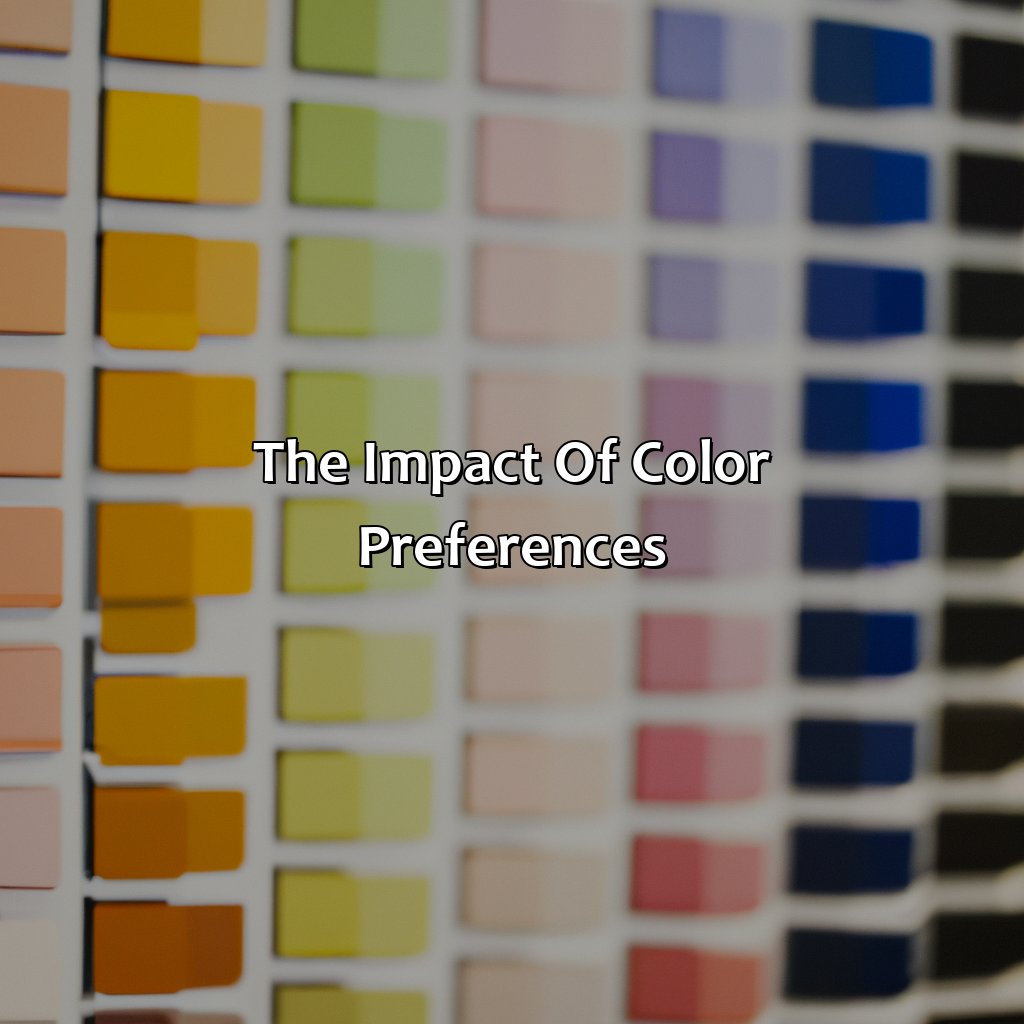
Photo Credits: colorscombo.com by Samuel Thomas
Grasp the clout of color preferences. Look into how personal experiences and cultural backgrounds drive it. Personal bias and individual differences strongly influence color preferences. Plus, cultural and societal factors have a huge effect on our color predilections.
To comprehend the sway of color preferences on our lives, investigate these two components.
Role of Personal Experiences in Color Preferences
Our color preferences are vastly influenced by personal biases and individual differences. These biases can be attributed to past experiences, cultural background, upbringing, and even genetics. The way we perceive colors is subjective and unique to each person. Our experiences with colors can create positive and negative associations that affect our preferences. For instance, someone who had a traumatic experience associated with the color red may develop an aversion to it. On the other hand, some people may have grown up in surroundings that prominently featured a certain color or pattern, leading to heightened preference towards this aspect.
Personal experiences play an essential role in shaping our attitudes towards various colors. These early experiences contribute significantly to our mental schema for evaluating different shades of colors. Moreover, these impressions tend to last throughout life as the emotional ties built therein are incredibly challenging to eliminate completely.
To minimize the impact of personal bias on color perception, individuals should surround themselves with diverse colored objects and pay attention only to their physical qualities disregarding subjective opinions. Another way is looking at artwork from famous painters from different eras or observing displays of cultures with dissimilar customs and values than theirs will help broaden their color preferences while understanding variations present worldwide.
Color preferences are not just based on personal experiences, but also influenced by sociological factors such as cultural background and upbringing.
Influence of Cultural Backgrounds on Color Preferences
Color preferences are influenced by cultural and sociological factors. Different cultures associate specific colors with particular emotions, symbols, or behaviors. Sociological factors such as age, gender, education, and income also play a role in color preferences. For instance, culturally, white is associated with purity in some societies while it signifies mourning in others.
In some cultures, color symbolism is rooted in religion or history. For example, red symbolizes good luck and fortune in Chinese culture due to its association with the country’s flag and historical significance. Similarly, green is considered sacred among Muslims and represents hope and renewal.
Further research reveals that societal norms can influence people’s perception of colors. Gender stereotypes often shape individuals’ preference for certain colors. For instance, blue is typically associated with masculinity while pink denotes femininity.
Understanding cultural influences on color preferences can be vital for businesses employing marketing strategies to attract consumers. Marketing campaigns targeting different cultures must consider their respective color symbolism to ensure universal appeal.
Don’t miss out on the opportunity of understanding how culture plays an essential part in shaping our perception of colors and how businesses can leverage this knowledge to make informed decisions about how they present their products or services.
Prepare to cringe as we delve into the world of most hated colors, from vomit-inducing green to eye-searing orange.
The Most Hated Color

Photo Credits: colorscombo.com by Sean Robinson
To grasp why some colors are loathed, you should comprehend the research results on most hated color. This “Most Hated Color” segment will examine individual and cultural forces behind unpopular shades. In the subsections, we’ll look at “Overview of the Results of Various Studies on Most Hated Color” and “Reasons Why A Certain Color May be Considered The Most Hated.” Here, you’ll learn about revolting color choices, unsightly hues, and distasteful shades.
Overview of the Results of Various Studies on Most Hated Color
Various studies on revolting colors have been conducted by researchers to determine the most hated color amongst people. The results provide insights into color preferences within different cultural and societal contexts and emotional associations with specific colors.
In the table below, we highlight the outcomes of several studies which identified the least liked color based on adjectives used to describe them and their emotional impact. The table is arranged in descending order of hatred percentage, with additional information provided for each study.
| Study | Least Likable Color | Hatred Percentage | Sample Size | Date |
|---|---|---|---|---|
| Franklin & Lockwood | Brown | 27% | 104 | 1948 |
| Rentfrow & Kasser | Olive Green | 3% | 1,000 | 2009 |
| Babin et al. | Chartreuse Yellow | 14% | 450 | 2003 |
| Schloss & Palmer | Pantone ruddy brown | 28% | 118 | 19 |
Further research indicates that context plays a significant role in determining the most hated color. For instance, some participants express a strong dislike to certain shades due to negative experiences or socialization factors such as past trauma or media exposure.
Pro tip: Understanding the impact of color perception and association can assist graphic designers and marketers in creating effective brand messaging and visual designs that evoke positive emotions and engaging user experiences.
Some colors are so abhorred that they make lemon juice taste like sweet nectar.
Reasons Why a Certain Color May be Considered the Most Hated
Colors are considered one of the most essential components of human life, but some colors are abhorred more than others. The reasons behind why certain colors may be considered the most hated can vary significantly based on personal preferences and cultural backgrounds. Additionally, factors such as biological reactions, past experiences, and even marketing campaigns can influence the perception of unsightly or distasteful colors.
For instance, certain advertising campaigns may associate a particular hue with something negative or unappealing, leading to an increase in negative connotations associated with that color. Similarly, past traumatic events associated with specific hues may cause individuals to develop an aversion towards those shades.
Furthermore, societal traditions and cultural backgrounds play an integral role in color perception. Certain cultures associate black with mourning or death, while others view it as a symbol of power and sophistication.
It is worth noting that sometimes there isn’t a clear-cut answer as to why a particular color is deemed the most hated. Several studies conducted by researchers identified different shades as the least appealing hue based on data collected from participants across various geographical regions.
Research has shown that certain factors increase negativity towards certain hues such as its overuse or association with negative things. For example, green is widely viewed positively but when overused especially in website design there has been a growing dislike of green due to oversaturation.
Get ready to feel blue about your color psychology and emotional responses to aesthetics.
Psychological and Emotional Associations with Colors
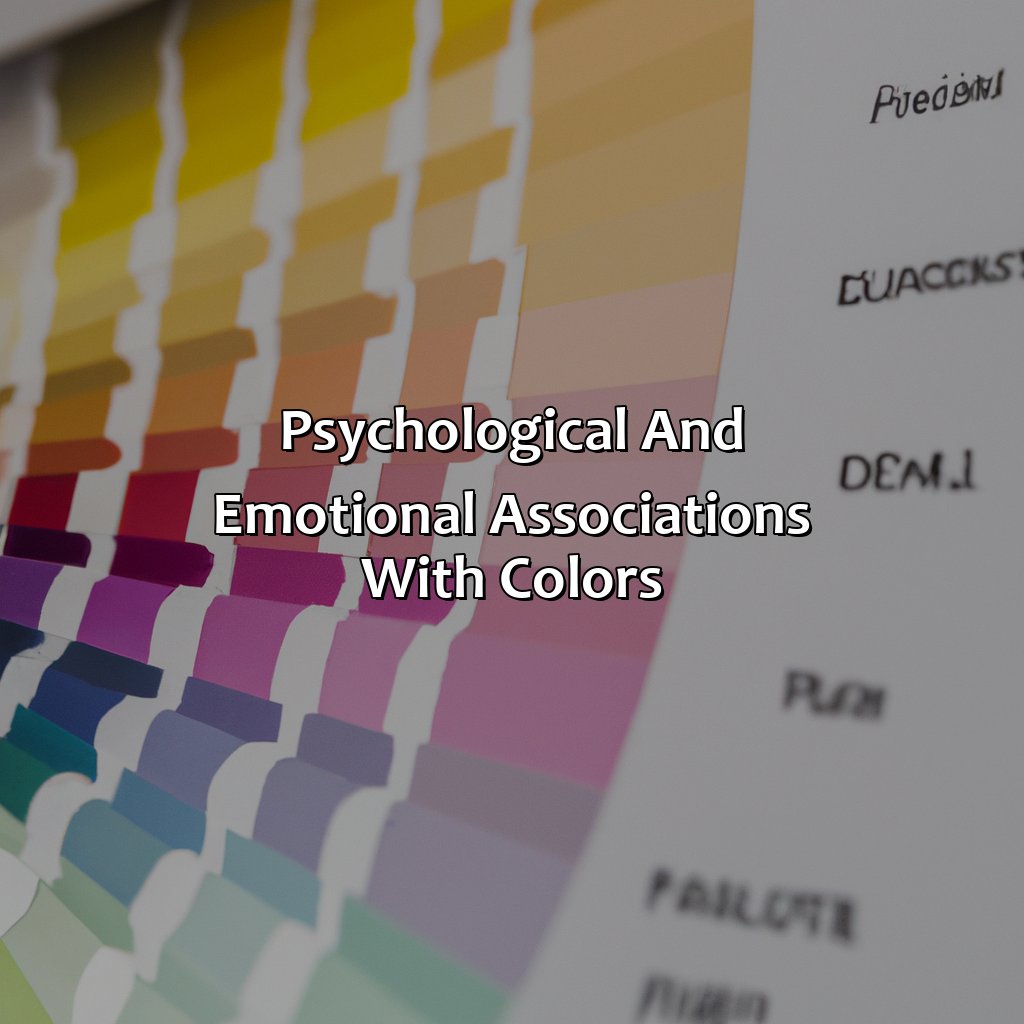
Photo Credits: colorscombo.com by Richard Campbell
Gain insight into the psychological and emotional connotations of colors seen in the “What is the most hated color” article. To do this, comprehend color psychology and how it affects color associations and symbolism. Moreover, analyze psychological profiles to understand how our personality traits are connected to our aesthetic tastes, and the emotions which those evoke.
Color Psychology
The collection of emotions and mental responses that colors evoke is known as color psychology. It delves deep into the way colors affect people’s moods, behavior, and emotions. Color associations, as well as symbolism, are two other dimensions that are investigated by color psychology.
Color associations are unique relationships between colors and ideas or concepts that have been established through personal experiences, cultural background, or societal norms. For example, the color red not only represents love but also danger. Similarly, black is often associated with sophistication and mourning.
Color psychology investigates the emotional responses to specific hues of colors. For example, blue evokes a calming and relaxing sensation while yellow symbolizes happiness and energy. The emotional reactions to different shades of color can vary significantly based on factors such as age, gender, and culture.
To gain a more comprehensive understanding of how color affects consumer behavior, businesses invest in comprehensive market research to learn about their target audience’s preferences. Understanding how customers associate specific colors with different products enables businesses to make informed decisions about branding.
Don’t miss out on harnessing the emotional power of color in your branding strategy as it can make all the difference in shining amidst your competition! Color preferences can reveal our deepest fears and desires, making it a key ingredient in our psychological profile.
Emotional Responses to Colors
Color choices can significantly affect human emotion and behavior, leading to various psychological profiles and personality traits. Understanding the impact of emotional responses to colors is crucial for businesses in marketing, advertising, packaging, and branding.
Emotional Responses to Colors
- Colors evoke unique emotional responses in people that vary depending on their past experiences and cultural background.
- Warm colors like red, orange, and yellow elicit feelings of excitement, energy, and warmth.
- Cool colors like blue, green, and purple evoke calmness, relaxation, trustworthiness and stability.
- The intensity or brightness of a color also impacts its emotional response. Vibrant hues tend to be more attention-grabbing while muted tones have a more calming effect.
Unique color perceptions can develop from a person’s cultural background or individual encounters with hues. The way people interpret colors can differ in unique ways since it depends on their historical experiences. Incorporating color psychology theories into product design could help improve consumer impressions towards products by developing positive attitudes toward them.
Suggestions
Use contrasting shades strategically – This works well for Call-to-action elements on websites or advertising designs. It improves click-rates by enhancing visual prominence.
Consider using cool tones – Blue is known for its calm nature; it is ideal for content creation platforms focused on inducing concentrated productivity. Green creates a tranquil environment that can be comforting when used on relevant platforms like health apps.
Be Consistent – The key to leveraging specific colors’ power is consistency throughout all branding materials employed across various digital channels. This boosts brand association and memory retention.
Five Facts About the World’s Most Hated Color:
- ✅ The world’s most hated color is Pantone 448 C, also known as “opaque couché.” (Source: The Guardian)
- ✅ This color has been described as “death,” “tar,” and “dirty.” (Source: NPR)
- ✅ Pantone 448 C was chosen as the color for cigarette and tobacco packaging in Australia, and it led to a significant decrease in smoking rates. (Source: Australian Department of Health)
- ✅ The color’s unpopularity is thought to stem from its association with unpleasant things like dirt and decay. (Source: The Independent)
- ✅ Despite its negative connotations, some artists and designers have embraced the color and used it in their work. (Source: Dezeen)
FAQs about What Is The Most Hated Color
What is the most hated color?
The most hated color varies from person to person. However, studies show that the color most commonly disliked is yellow-green.
Why is yellow-green the most hated color?
Yellow-green is often associated with illness, toxicity, and nausea. It can also be difficult for the eyes to process, causing discomfort for some individuals.
Is there a cultural component to most hated colors?
Yes, cultural factors can influence which colors are considered most disliked. For example, in the United States, brown is often associated with dirt and filth, whereas in some other cultures, it may be seen as a symbol of stability and tradition.
Can personal experiences affect which color someone hates?
Yes, personal experiences can play a role in which color someone dislikes. For instance, someone who had a traumatic experience associated with a certain color may grow to hate that color as a result.
Can a person’s mood affect which color they hate?
Yes, a person’s mood can impact how they perceive certain colors. For example, someone feeling anxious may find bright colors overwhelming and dislike them as a result.
Is it common to hate a color?
Yes, it is relatively common to have a strong dislike of a certain color. However, it is important to remember that personal preferences vary and there is no right or wrong answer when it comes to which colors someone likes or dislikes.
